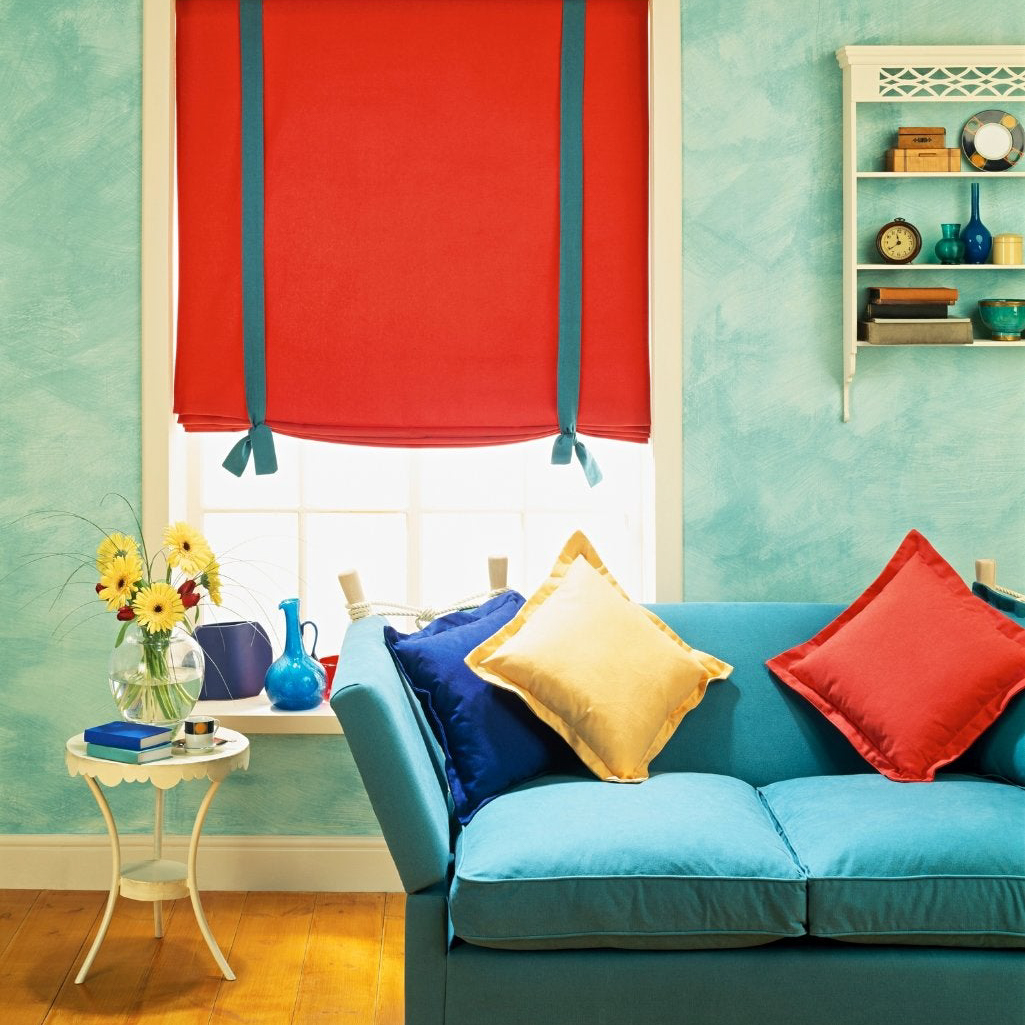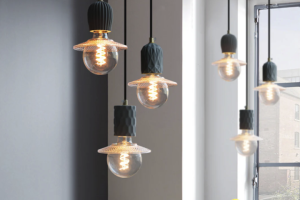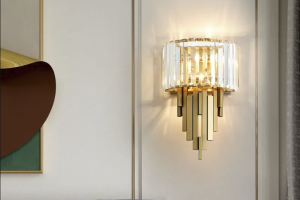Introduction:
The world of art and design has seen many creative individuals who have left their mark with their exceptional talents. Today, we will be discussing one such talent – the Wall Light Designer. A professional who has mastered the art of designing wall lights that not only light up spaces but also add to their aesthetic appeal.
The Significance of Wall Lights
Wall lights have always played an important role in lighting up homes, offices, hotel rooms, and public spaces. However, in recent years, there has been a rise in demand for designer wall lights. Along with their functionality, they also add to the overall design of a space.
What Does a Wall Light Designer Do?
A wall light designer is someone who creates designs for wall lights that are practical, modern and visually appealing. Their job includes creating sketches, selecting the right materials, coming up with color schemes, and choosing the right lighting fixtures to blend with the design. At times, they may also work on custom-made designs, to suit the client’s specific requirements.
The Importance of Collaboration
Collaboration between the designer and the client is pivotal. The designer needs to understand the client’s requirements before beginning the design process. They also need to communicate the practical aspects of the design, including the electrical requirements, positioning, the amount of light emitted, and the space it will occupy.
On the other hand, the client must communicate their vision, and the kind of space they want to create. The designer must, therefore, work on bringing the two visions together for a cohesive design.
The Process of Wall Light Design
The process of designing wall lights can be broken down into several steps.
Idea Generation and Initial Sketches
The first step is to generate ideas and create initial sketches. This stage involves brainstorming, compiling mood boards, and choosing design elements that work best for the space. The designer works on ideating and creating rough sketches of the design, which they then present to the client.
Design Refinement
Once the client approves the initial sketches, the designer moves to the next step of refining the design. This stage involves finalizing the size, color, materials, textures, and finishes that will be used in the wall light. They also take into consideration the required electrical fixtures and the amount of light required for the space.
Production and Installation
After the design is finalized, a prototype of the wall light is created to check the design’s feasibility. Once the prototype is approved, the production process can begin. The final product is then installed in the space, taking into account the space, customer requirements, and design elements used.
The Importance of Innovation
Innovation is crucial in this field. Designers must work towards creating new, modern designs that not only meet client requirements but also exceed their expectations. By being innovative in approach and design, designers can set trends and stay ahead of their competitors.





More Posts
Creative Studio Essential: Industrial Gear Pendant
Vintage Industrial Bulb Chandelier for Loft Spaces
Enhance Your Space with a Luxe Crystal Wall Lamp